Kinship is a term that is used to describe how people relate to one another in different cultures. In Aboriginal and Torres Strait Islander cultures, the concept of kinship is complex, and has wide implications in Indigenous life and social structure.
Kinship determines how everyone relates to one another, as well as their roles, responsibilities and obligations regarding one another, the environment and ceremony.
There are three primary foundations of kinship: moiety, totems, and skin names.

Moiety
According to moiety, everything is split in half. This includes you and your environment. Each half of these entities are a mirror of each other. To understand the whole universe, the two halves must come together to form a whole.
You can share the same moiety as other people. If you do share the same moiety, you are considered siblings, and thus, are forbidden to marry. Having the same moiety also means having a duty to reciprocally support one another.
A moiety system exists across many groups in Australia. Most language groups also use a section or subsection system with four to eight ‘skin names’. An individual gains a ‘skin name’ upon birth based on the skin names of his or her parents, to indicate the section/subsection that he/she belongs to.
Today, there are more and more ‘wrong skin’ marriages, where people who would traditionally be prevented from marrying become partners. Consequently, families will attempt to accommodate the contradictions this presents for the kinship system.
While not all First Australians follow kinship structures, some rules are still strongly adhered to. These include certain ‘avoidance relationships’, like that of the relationship between a mother-in-law and her son-in-law. This relationship requires a social distance, such that they may not be able to be in the same room or car together. It's important to be aware of the potential conflicts that may arise, and how it might unfold in day to day life.
Totems
Another foundation of kinship is totem systems. Each Aboriginal person is given at least four Totems; their personal, family, clan and nation totem.
Totems link a person to the physical universe: to land, water, geographical features, and animals. Although family, clan and nation totems exist before a person is born, an individual totem will recognise personal weakness or strength. Individuals are accountable to their totems and must ensure these totems are protected and passed on to future generations.
Skin Names
Another foundation of kinship are skin names which work in a similar way to a surname. They inform how people are linked to one another and their obligations to one another. Unlike the system of using surnames, an individual won't have the same skin name as their parent's, nor would a husband and wife share the same skin name. It is a sequential system based off the mother’s name (in a matrilineal system), or the father’s name (in a patrilineal system), and has a naming cycle.
"It's a culture. A skin name you're actually born with it. You don't get given it" - Warren H Williams, Arrernte musician from Central Australia
'This article has been re-published from Common Ground, a not for profit that records and shares First Nations cultures, histories and lived experiences. Learn more at www.commonground.org.au'





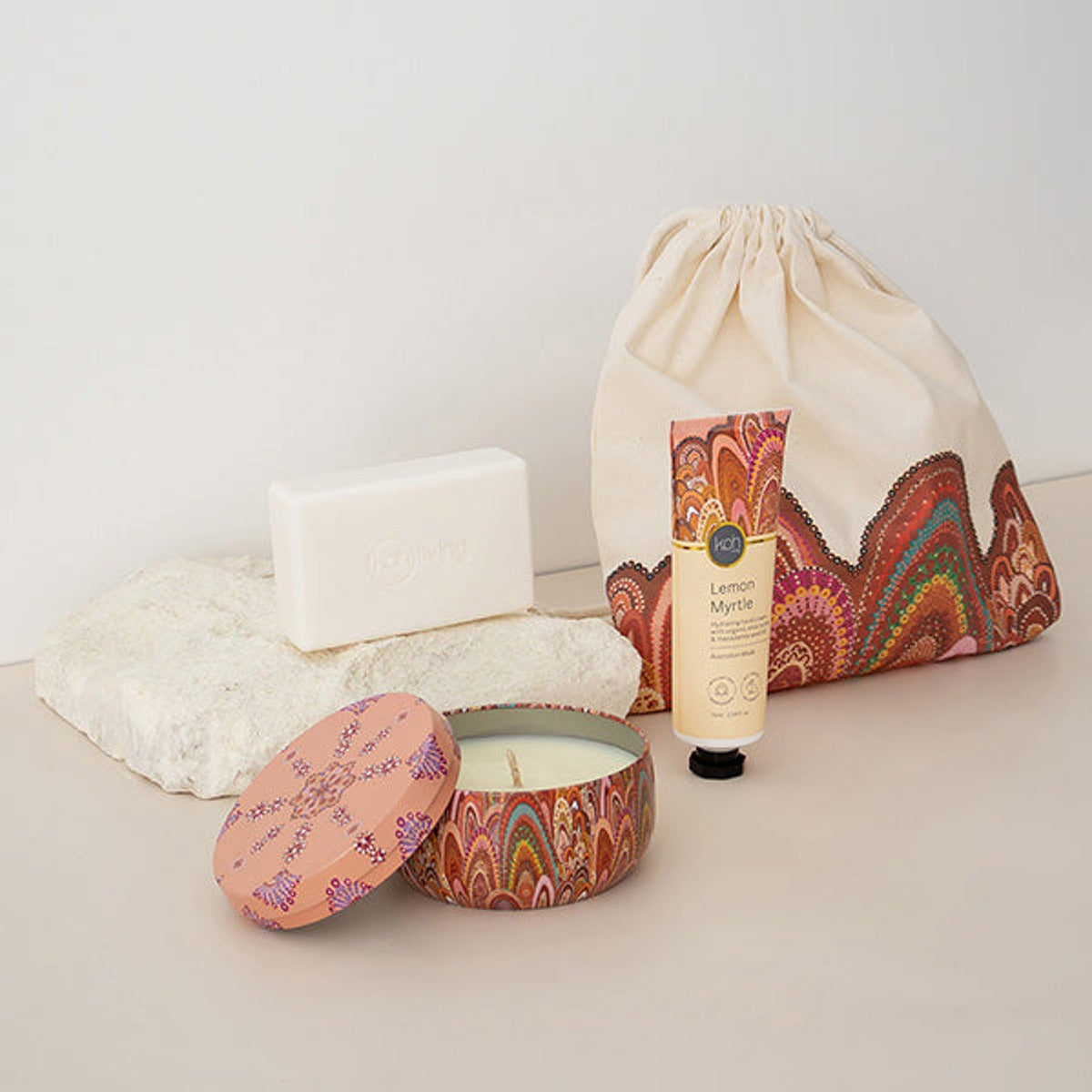
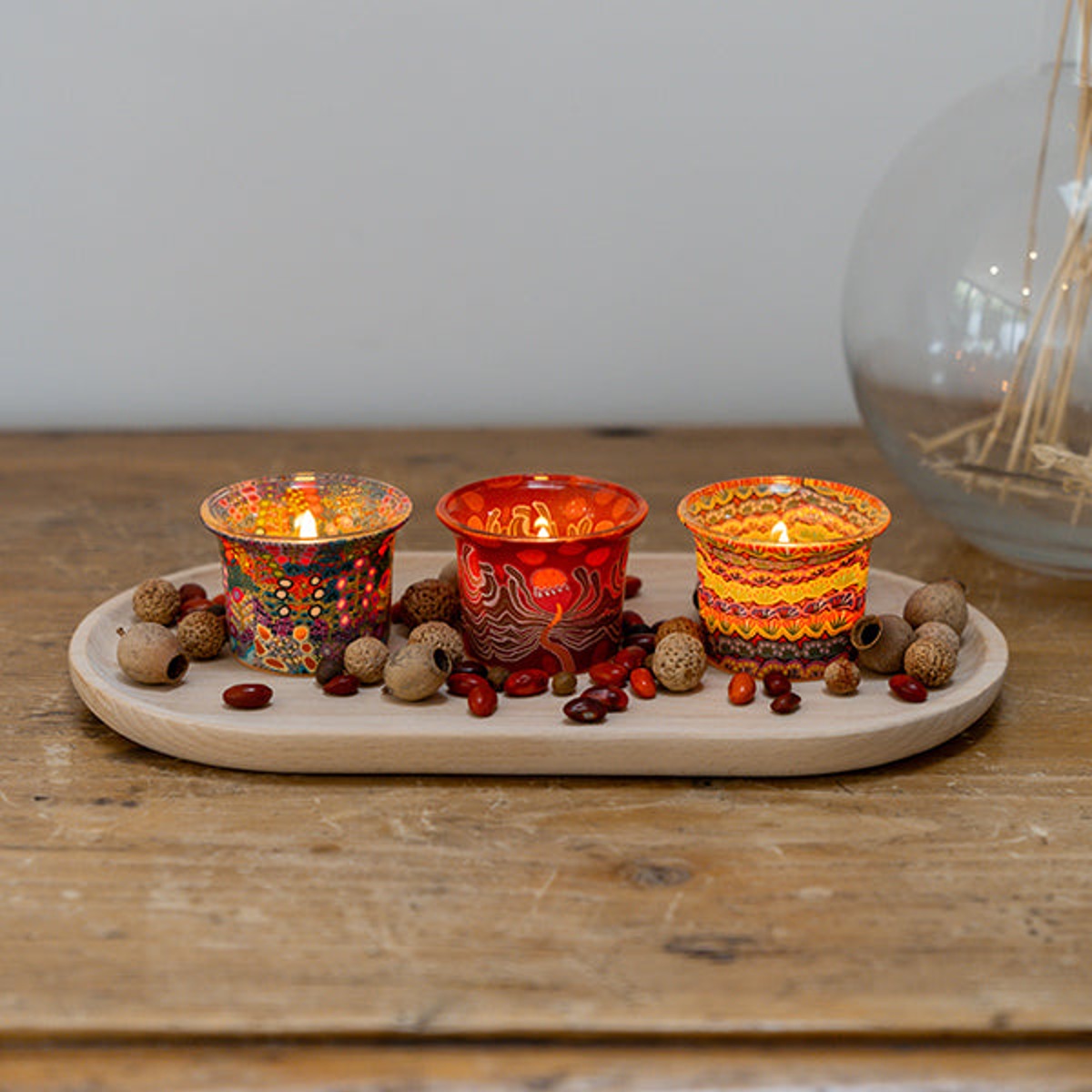

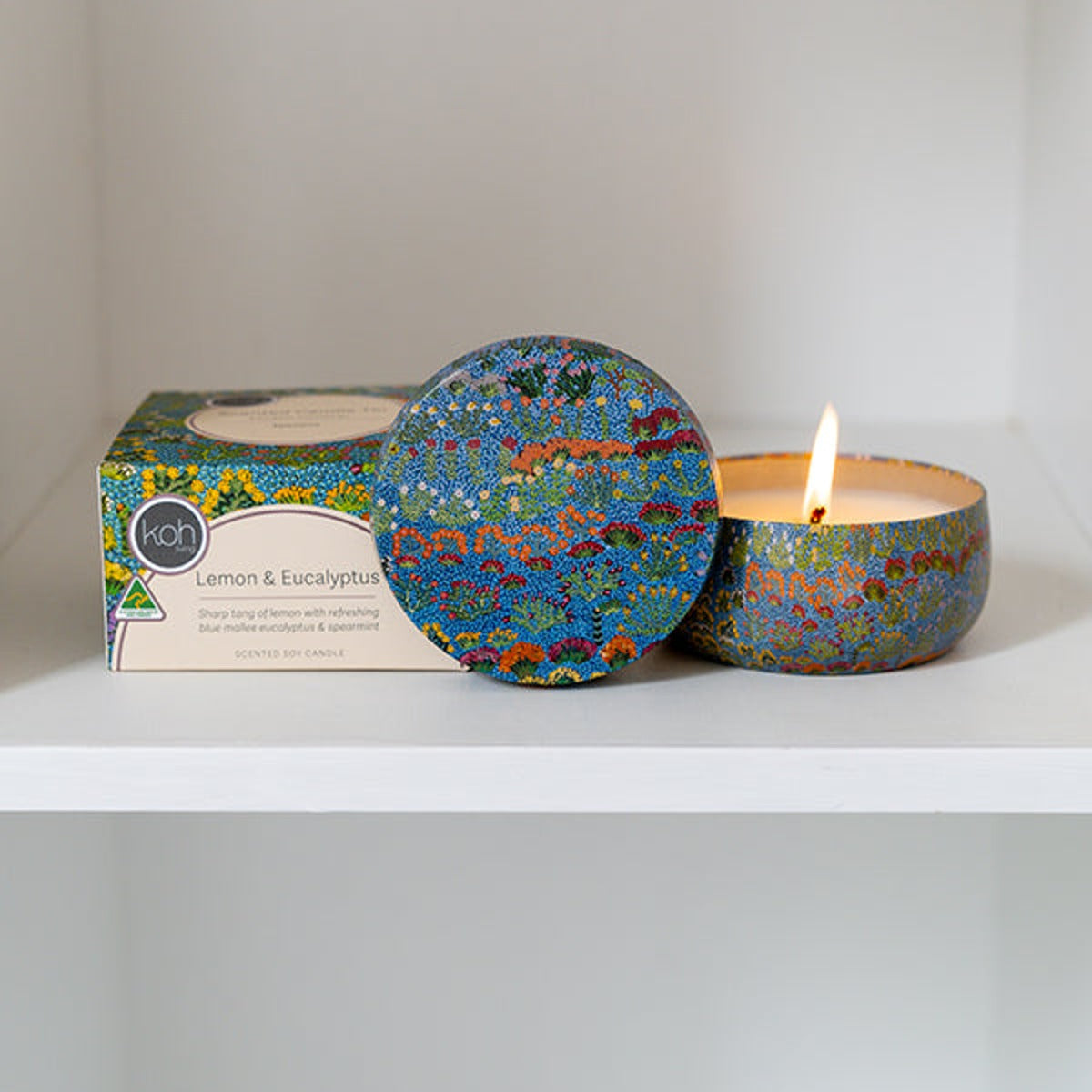
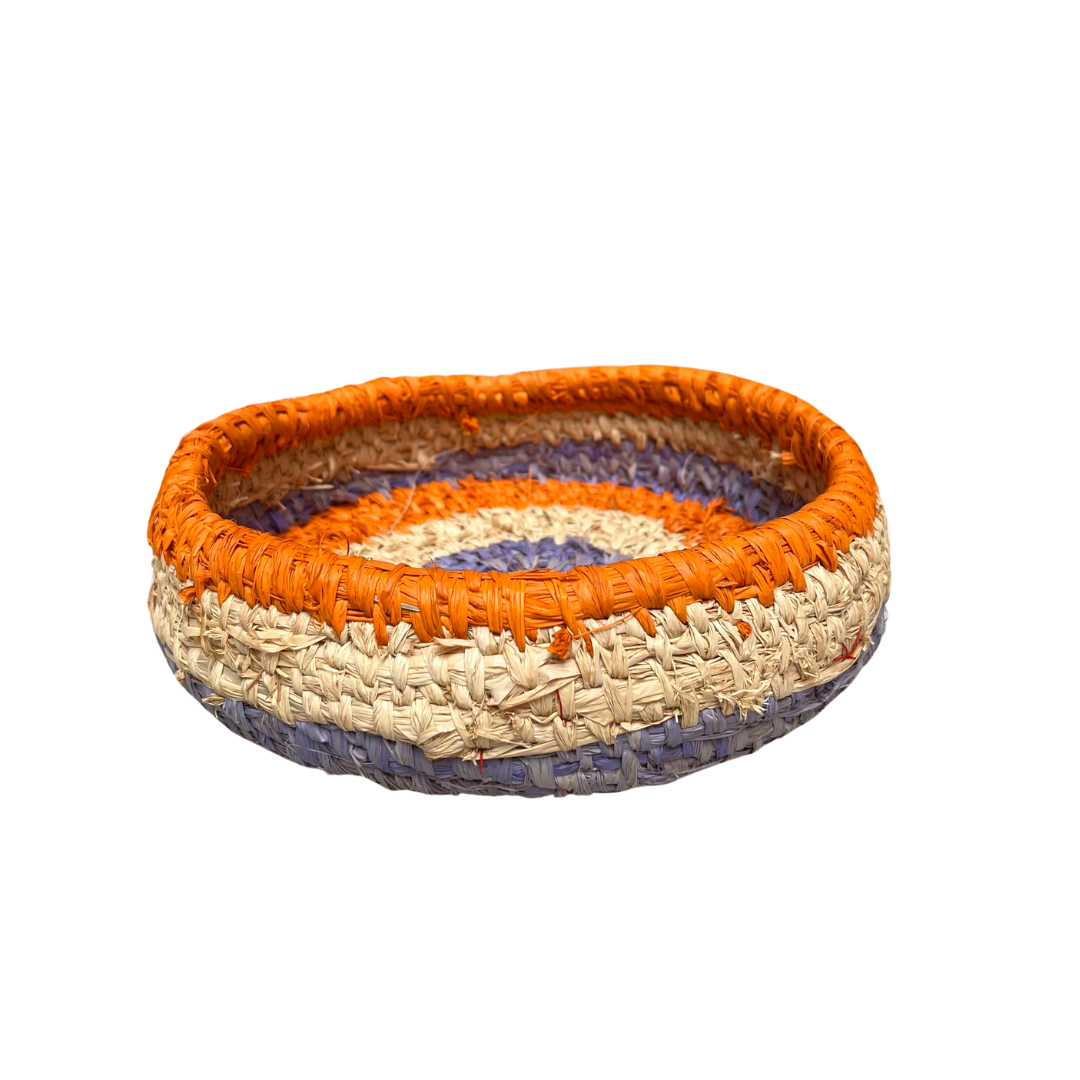
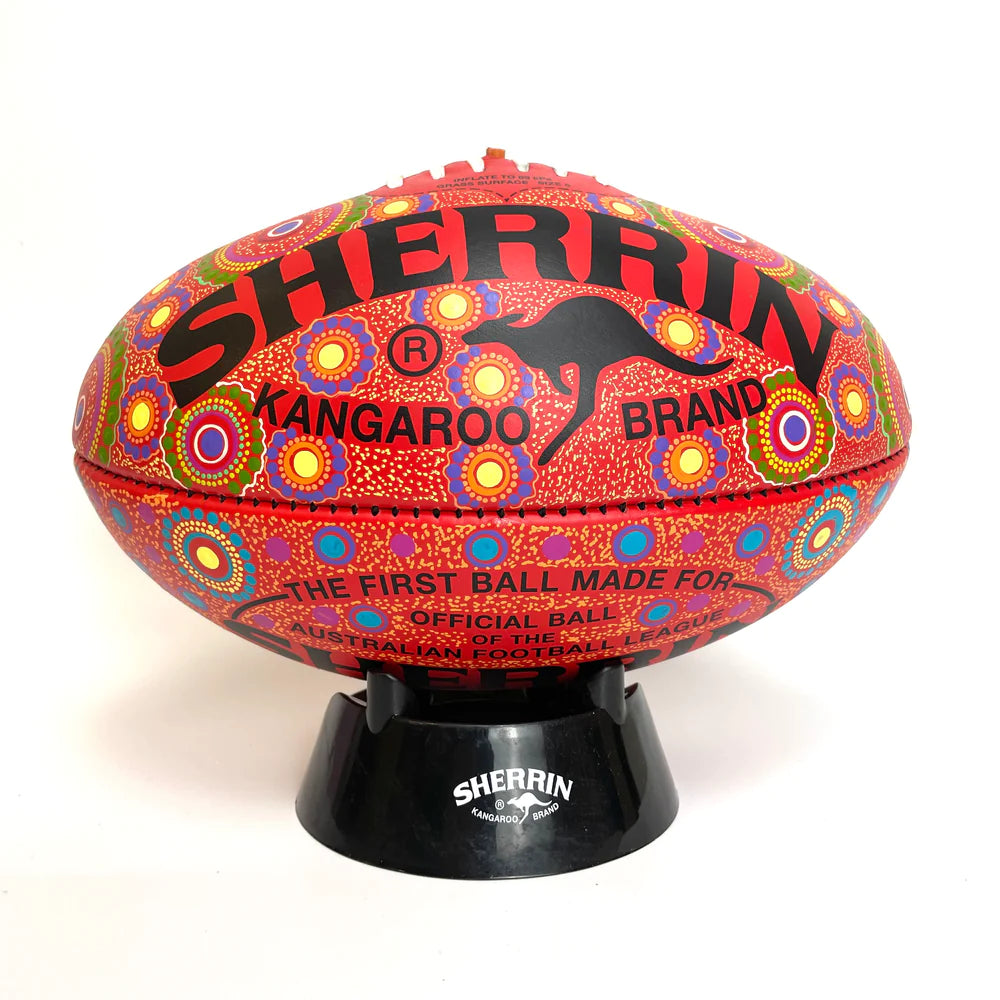
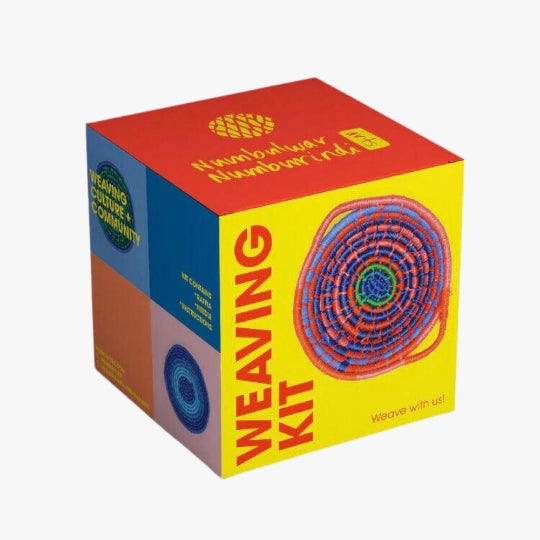


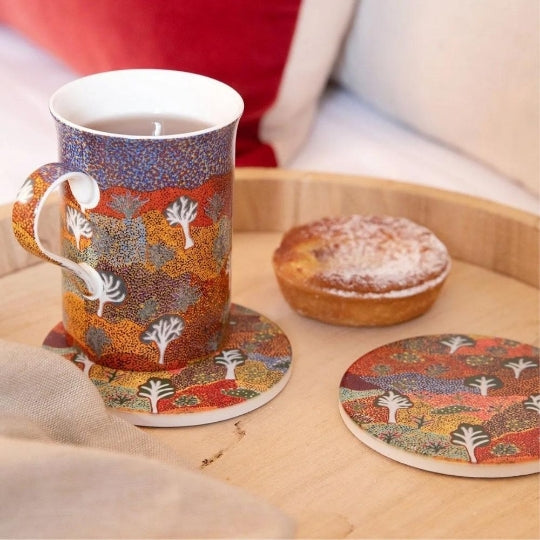
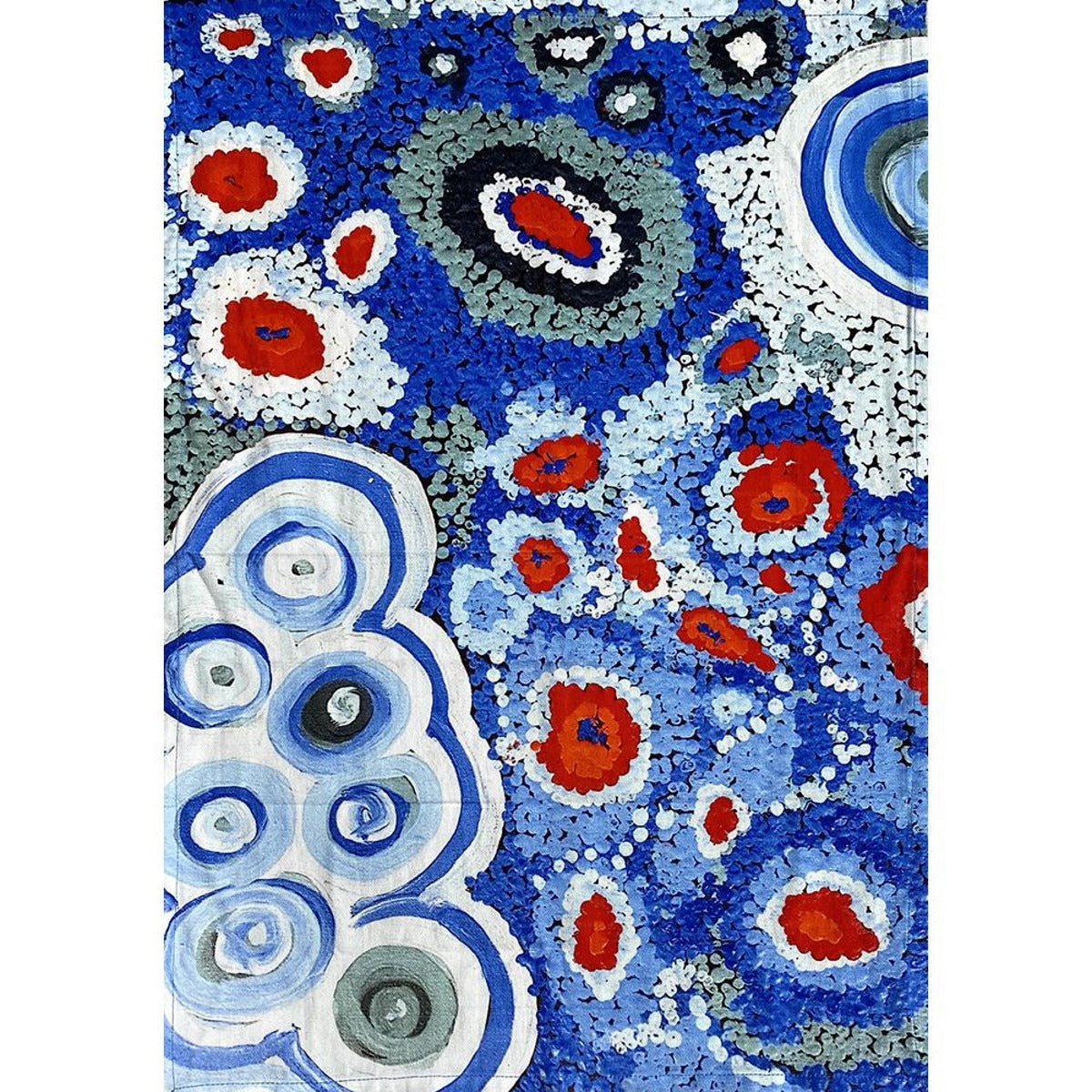

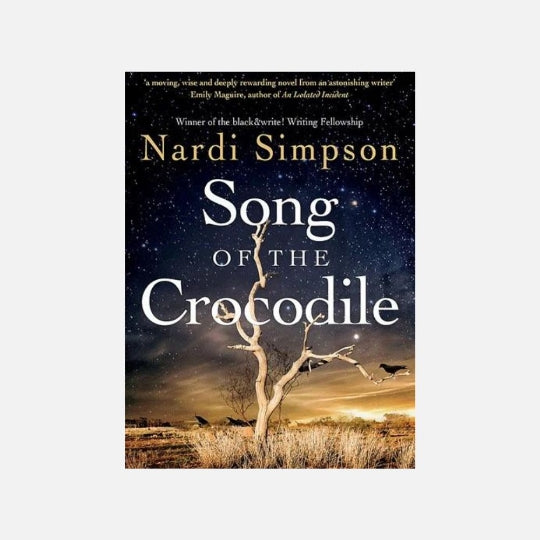
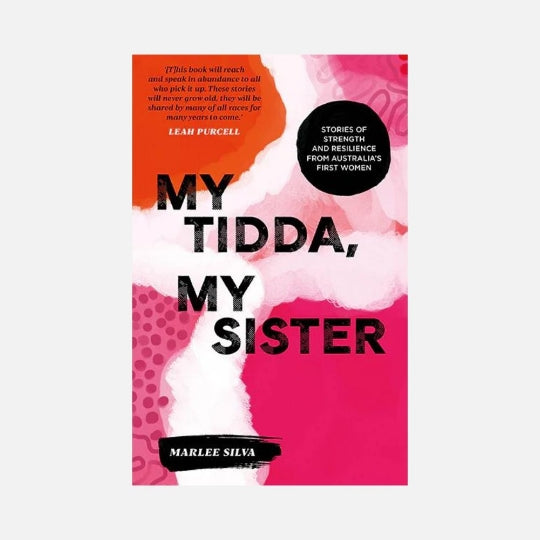
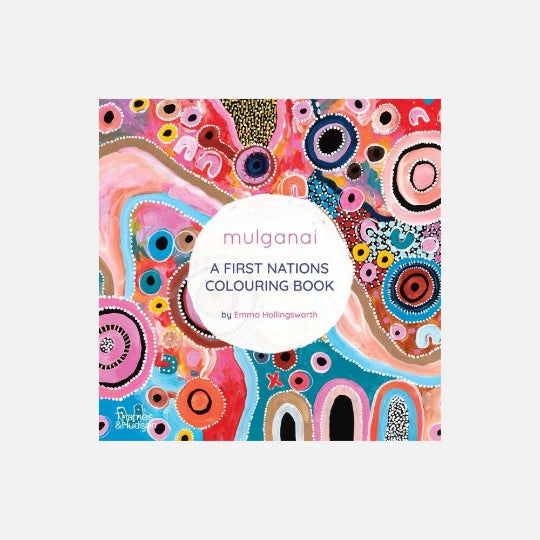


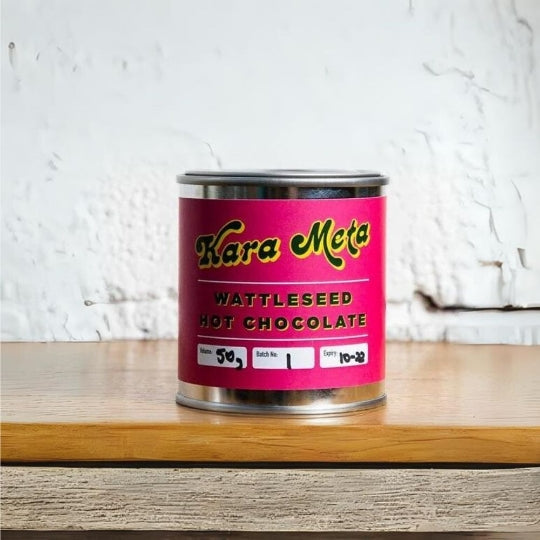
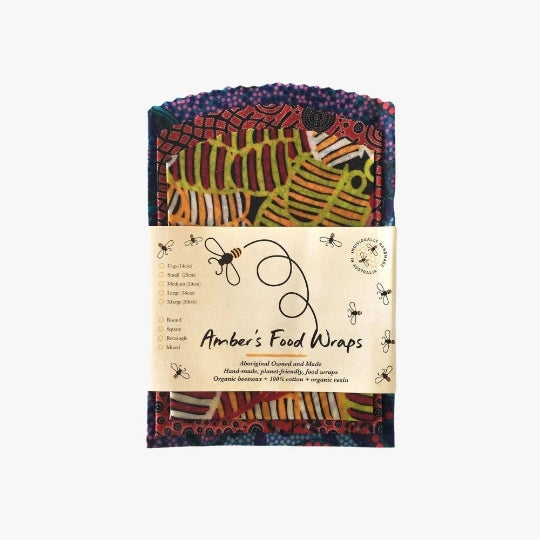
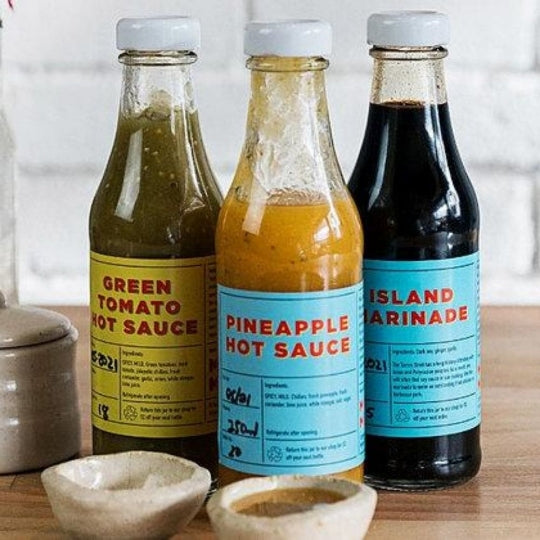

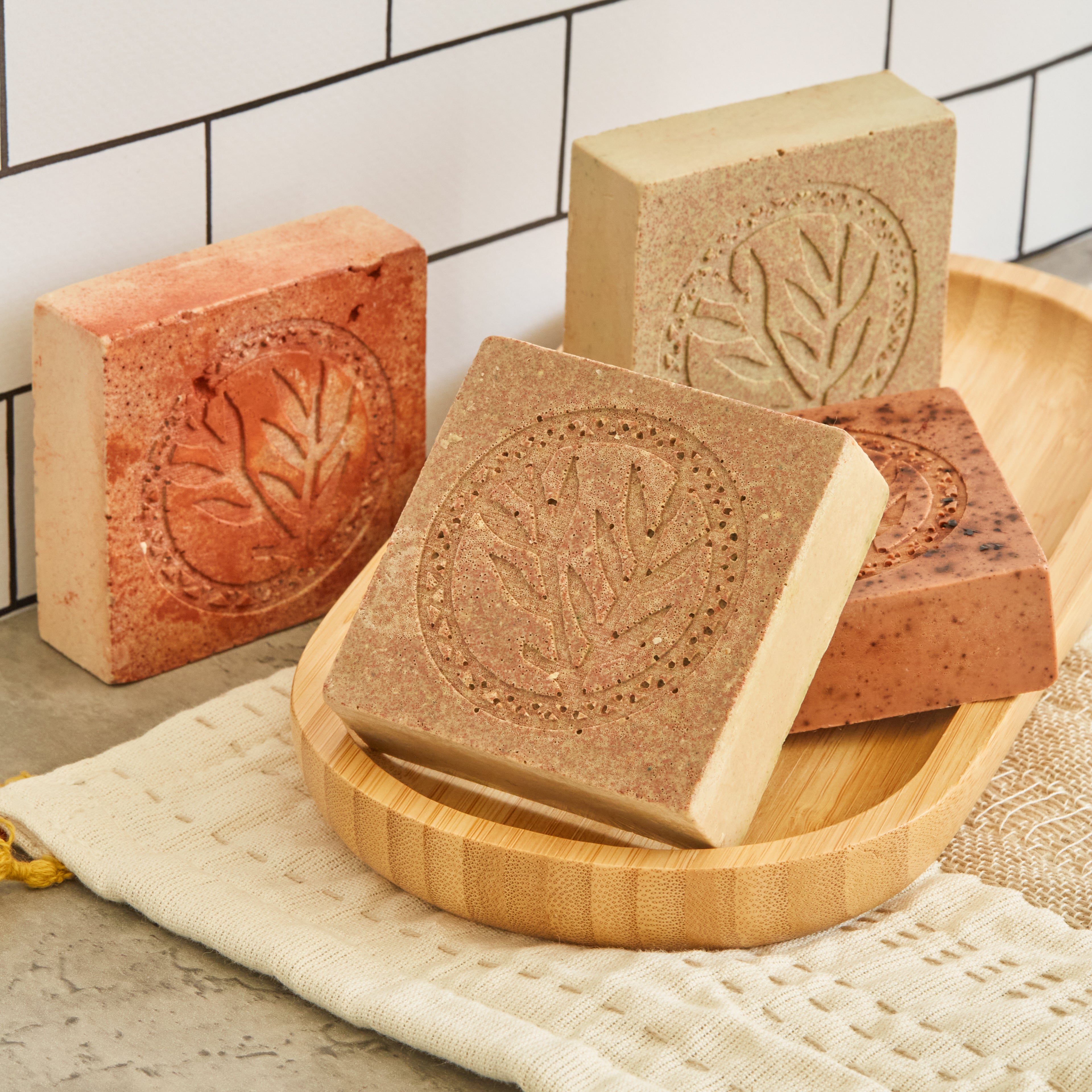




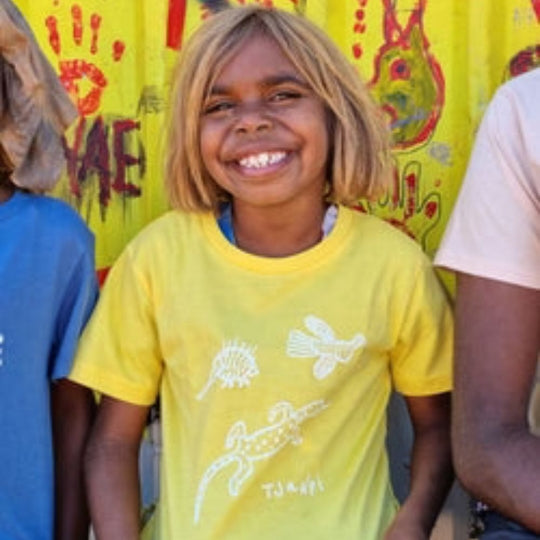
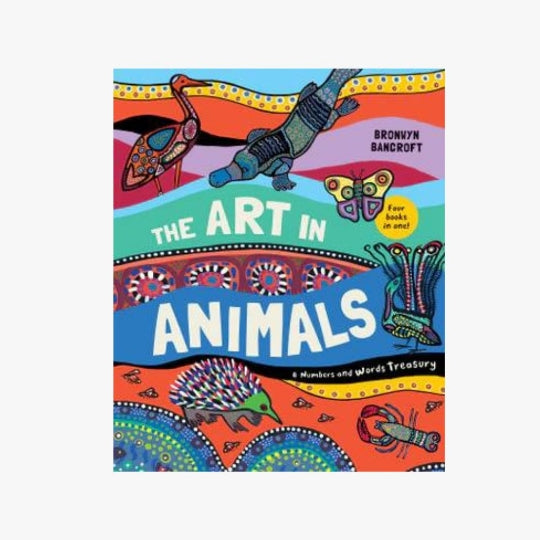


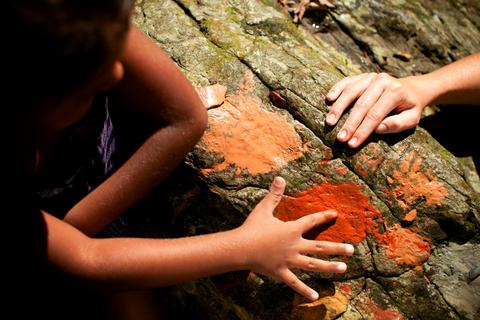


Leave a comment
This site is protected by hCaptcha and the hCaptcha Privacy Policy and Terms of Service apply.